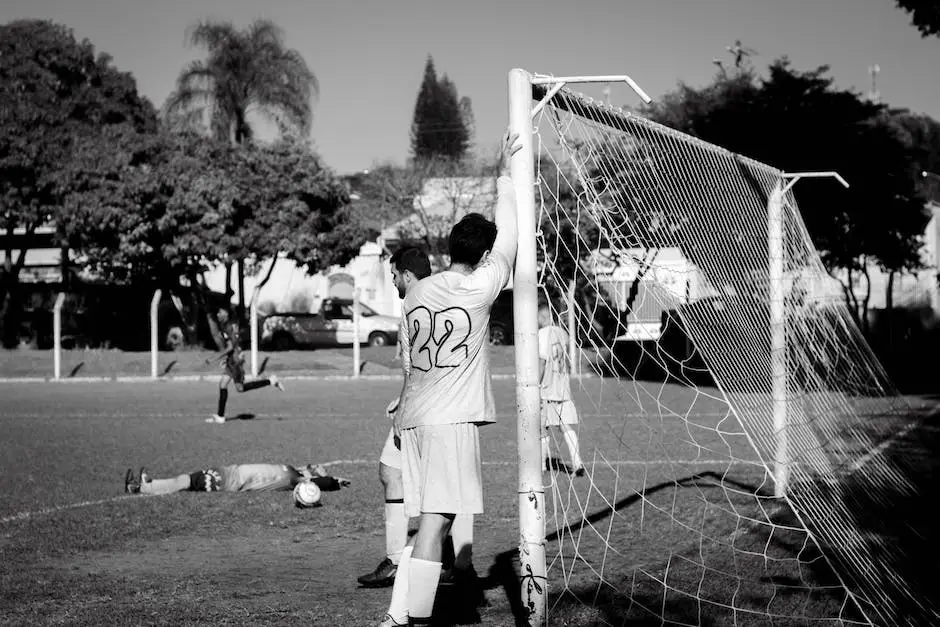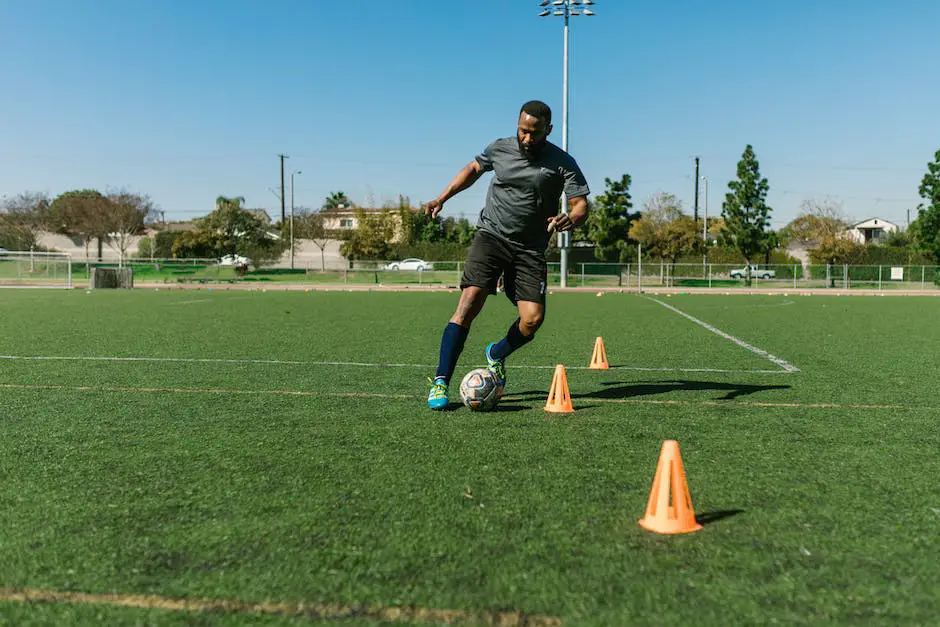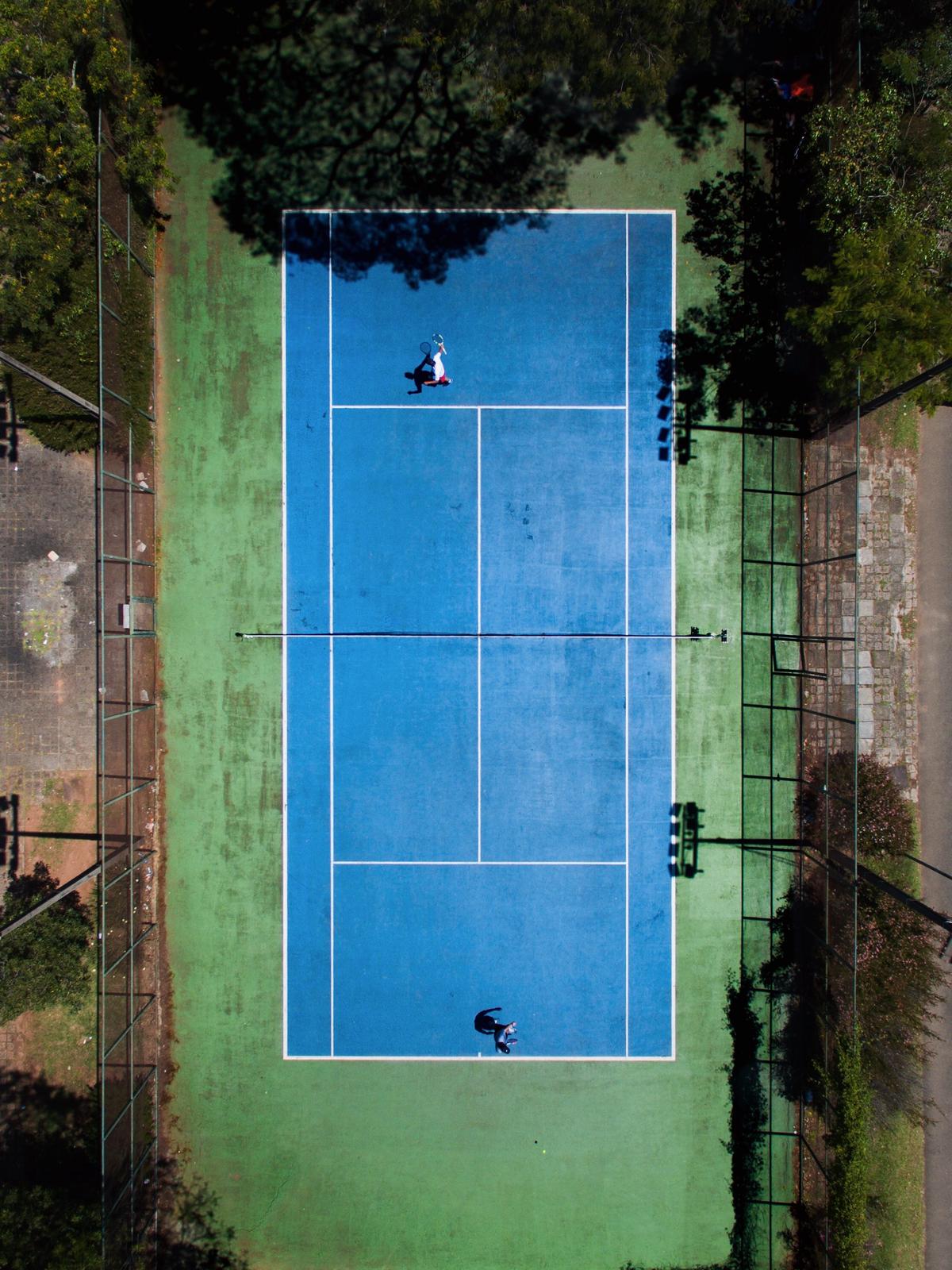As a unique fusion of tennis, squash, and racquetball, padel has swiftly made its mark on the American sports landscape. This engaging sport, with its origins in Mexico and popularity in Spain, Argentina, and Brazil, is now making significant headway in the USA. The journey of padel in America holds a fascinating narrative, illuminating the transforming attitudes and acceptance of this dynamic sport. From its humble grassroots beginnings to becoming an instrumental part of American sporting culture, padel’s story is as captivating as the game itself. Participants across different ages and genders are enthusiastically embracing padel, heralding the dawn of a new era in American sports. This essay provides an in-depth exploration of the history, the present state, key figures, societal impact, and the promising future of Padel in the USA.
History of Padel in America
Origins of Padel in the USA
The game of padel, often referred to as paddle, has its roots in Acapulco, Mexico, where it was first invented in the 1960s. However, it wasn’t until the 1990s that this sport was introduced to the United States. Its rise in popularity in the USA was initially slow, primarily attributed to the predominance of other more established racquet sports such as tennis and squash.
Padel in Different States
Over the past decade, several states have experienced an upturn growth in participation and interest in the game. Key among these states are Florida, Texas, and California, largely due to the significant Hispanic populations in these areas, who are familiar with padel from Latin America. More recently, other states such as New York and Illinois have seen the game’s popularity grow, with courts and leagues appearing in different city parks and sports clubs.
Establishment of National Leagues and Tournaments
As the game found footing in the United States, the need for a governing body to regulate, promote, and develop the sport became clear. This led to the establishment of the American Padel Federation (APF) in the early 2000s. Since its inception, the APF has been instrumental in organizing national leagues and tournaments, providing a platform for American players to showcase their skills and compete at a high level. The American Padel Tour, the premier national league, typically sees teams from across the country compete in several tournaments throughout the year, providing prizes and national rankings.
Leading Padel Clubs in the USA
In conjunction with the rise in popularity of padel, several clubs dedicated to the sport have sprung up across the country. These clubs offer high-quality, purpose-built padel courts, professional coaching, and competitive leagues. Some of the leading padel clubs in the USA include The Houston Padel Club in Texas and The Miami Padel Masters in Florida. Houston Padel Club offers indoor courts, ensuring play year-round, regardless of the weather, while the Miami Padel Masters is known for hosting one of the most prestigious tournaments in the USA – the Miami Padel Masters Tournament.
The Emergence And Growth of Padel in the USA
Padel, a racquet sport combining elements of tennis, squash, and badminton, may not have yet entered mainstream awareness in the USA, but interest in the game is steadily building. Despite presently being more of a niche sport compared to other racquet sports, the clear trajectory is one of continuing growth with more individuals becoming familiar with the sport. With the support and investment from the American Padel Federation (APF) in providing the necessary infrastructure, Padel is primed to firmly anchor itself across the country.

The Current State of Padel in USA
The Promising Future of Padel in the USA
Given the sport’s appeal to a diverse and youthful demographic in the states, there’s a promising potential for Padel to expand and grow in popularity. This trend mirrors the growth that Padel has experienced in Europe and Latin America in recent years. Evolving as a sport that’s accessible and enjoyable for all ages, Padel in the United States is a trend on the verge of breaking out from its niche status into wider appreciation and participation.
Participation and Popularity
Padel has been gaining steam in the USA over the past few years with an increasing number of people participating in the sport. Originally popularised in Argentina and Spain in the 1970s, padel has found a growing audience of enthusiasts in America. This trend has been echoed globally as well, with the International Padel Federation counting over ten million players worldwide.
Demographics
Padel has managed to attract players across diverse age groups and both genders. As a relatively easy sport to grasp, it appeals to youngsters starting out in racquet sports and older individuals seeking a lower-impact physical activity. Unlike traditional tennis, Padel doesn’t require exceptional physical strength or skill and thus, it’s a game for everyone – men, women, children, and the elderly. It’s one of the reasons why the sport is witnessing rapid growth in the USA.
Current Infrastructure for Padel in USA
While Padel is steadily growing in popularity, the infrastructure for the sport is somewhat lagging. Historically, there has been a limited number of padel courts in the USA, primarily in private clubs and communities. However, the tide is changing and there has been an increase in padel court development, both private and public, accompanied by a rise in clubs and community groups dedicated to the promotion of the sport.
Coaches and Training Programs
Experienced and professional coaches are crucial to the growth of any sport. The USA has seen a burgeoning demand for qualified padel coaches, leading to the introduction of many comprehensive training programs. As the sport gains traction, expect to see an increase in professional establishments offering padel instruction, including academies and clubs.
Padel in the USA: A Sport on the Rise
The game of padel, although still in its formative stages in America, is beginning to gain ground due to its blend of easy gameplay, sociability, and physicality that appeals to a wide audience. The future of padel in the USA is bright as infrastructure and comprehension of the game continue to develop. The upcoming years hold promise for the rise of even more players, an increase in specialized facilities and expanded professional opportunities.

Photo by brookecagle on Unsplash
American Padel Champions & Influencers
Padel in the USA: Seizing Interest and Gaining Momentum
With origins in Mexico and tremendous popularity in Spain and Argentina, padel – a racquet sport that amalgamates elements of tennis, squash, and badminton – has begun to charm the American sports realm in the last ten years. The growth is visible in the numbers as well; from 2016 to 2021, there has been a twofold increase in padel facilities across the USA, signaling a notable surge in the interest and active participation in the sport.
American Padel Champions
While padel remains relatively new in the US, several champions have already emerged from the country, shaping the local scene and global image of the sport. Ranking at the top is American padel prodigy, Mike May. Known for his double-handed backhand and quick reflexes, May has a trophy cabinet full of national and international titles. In 2019, he became the first American to win the Padel World Championship in Spain. His continued success on the global stage is boosting padel’s profile in the United States.
Another noteworthy player is Samantha Salas, a professional racquetball player who has recently crossed into padel. Salas has already won national tournaments, successfully showcasing her adaptability to different racquet sports and raising the visibility of padel in her sphere of influence.
Influencers in American Padel
Not only the athletes, but several influencers have also played a significant role in promoting and advancing the sport within the country. Rob Blackwell, a former professional tennis player and avid padel enthusiast, has been actively advocating for the growth of padel clubs across the United States. Blackwell’s influence extends beyond advocacy; he runs local tournaments and coaching programs, giving beginners a chance to learn and engage with the sport.
Promoting Padel through Technology
The intersection of technology and padel has become a crucial tool for promoting the sport. Entrepreneurs like Ryan Torresan, creator of Padelist, a sophisticated online padel platform, have been utilizing such technology to connect players, organize matches, and promote tournaments, effectively democratizing access to the sport and enabling its growth in the USA.
The Up-and-Coming Future of Padel in the USA
With its rising popularity and increasing infrastructural support, the future of padel in the USA is bright. American players and influencers have played a key role in this growth, contributing largely to the sport’s appeal and visibility. Factors such as the rising number of padel facilities, growing participation rates, and international success stories indicate an exciting new age of padel in the USA. As the sport continues to carve out a place within the American sports scene, we can expect new champions and influencers to emerge, enhancing the sport’s position within the American sporting framework.

The Impact of Padel on American Society & Culture
Padel’s Growing Presence in American Society and Culture
Emerging from its origins in Mexico, padel – a unique fusion of tennis, squash, and a hint of badminton – has found a home within the American sports landscape. Its growing presence is a testament to both its appeal as a recreational sport and its compatibility with American cultural norms. Clearly, the recent surge in the establishment of padel courts across the USA signals not just a step forward in the expansion of the sports industry, but also a shift in the nation’s recreational preferences. This cultural integration of padel illustrates not just its acceptance, but its potential to become a mainstream sport in the USA.
Impact on Lifestyle and Health
Padel has a profound effect on American lifestyle trends and fitness habits. As a low-impact, easy to learn sport, it caters to a wider demographic, ranging from children to adults of all ages. Padel can burn up to 1,000 calories per hour, promising comprehensive cardio training while being easy on the joints. The fact that it requires only 4 players for a game also fosters social interactions. This new wave of active, collaborative fitness activity is garnering attention in an age of fitness apps and individual workout regimes. Padel doesn’t just influence physical health, but it also promotes mental wellness with its fun, stress relieving, and competitive nature.
Fostering Community Development
In terms of community development, padel is contributing to changes in urban landscapes and societal activities. The proliferation of padel clubs and courts has encouraged community engagement and socialization. In these shared spaces, people of different cultures and backgrounds come together with a common interest, fostering a sense of belonging. The sport also provides opportunities to build communication skills, teamwork, and mutual respect among community members.
Influence on American Sports Culture
Padel is expanding the scope of American sports culture. Traditionally dominated by the likes of football, basketball, and baseball, the introduction of padel has undoubtedly diversified the sports scene. The sport has penetrated mainstream media with high-profile celebrities and athletes promoting and participating in the game. This rising popularity has also led to the establishment of several professional and amateur padel leagues in the country.
The growing acceptance of padel is also strengthening diplomatic ties with Spain, where padel is immensely popular. International padel tournaments have thus become venues for cultural exchange, broadening the cross-cultural understanding between the two nations.
Economic Impact
The surge in padel popularity also has notable economic implications. The construction of courts, manufacturing of equipment, and organization of tournaments contribute to job creation and local economic growth. Additionally, the rise in demand for coaching services signifies another avenue for economic development.
Considering the undeniable and influential role of padel in the American society and culture, it’s clear to see that this sport is not solely reshaping fitness movement and lifestyle choices. In fact, it’s playing a significant role in community growth, promoting cultural diversity, and driving an unprecedented economic expansion.

The Future of Padel in the USA
Forecasting Padel’s Expansion in the US
There’s a considerable expectation for the expansion of padel in America. This sport, marked by its unique combination of tennis and squash elements, is rapidly gaining traction among sports enthusiasts. As the sport continues to find new patrons, there’s no doubt that the need for more courts and professional athletes will escalate. Enhanced media coverage of padel is also projected to steer the sport to unrivaled popularity.
Even though padel is not as predominant in America as it is in Europe and Latin America, the landscape is evolving. Indeed, the proliferation of dedicated courts and clubs is demonstrative of the sport’s escalating popularity. Additionally, forecasted investments in infrastructure over the forthcoming years indicate a growing commitment to the game. These elements, along with an increasing appeal among diverse demographics, suggest a promising trajectory for padel in America.
Advances in Training Methods
Across all sports, advancements in technology and science have revolutionized training methods – and padel is no exception. The integration of advanced technology into training could greatly aid in honing players’ skills, improving performance, and reducing injury incidences.
One anticipated advancement is the use of artificial intelligence and machine learning for personalized coaching. Such technology can analyze individual players’ performance, providing insights that would help in formulating targeted training programs. Virtual reality simulators could also be employed to mimic match situations and accelerate skill development.
Emergence of Upcoming Talent
The future of any sport is closely tied to the emergence of new talent. A growing interest in padel across America’s youth promises an influx of fresh talent in the coming years. Many children are picking up padel rackets, and various training camps and schools are being set up to nurture these budding players. With structured pathways for development and support from governing bodies, the USA could soon see its home-grown athletes making significant strides in international padel competitions.
Potential to Become a Mainstream Sport
With its growing ubiquity and escalating interest, padel might soon become a mainstream sport in the USA. The game’s easy-to-understand rules and low barrier to entry make it an attractive choice for beginners, while its fast-paced and strategic nature caters to more experienced players.
Moreover, the creation of more accessible and affordable padel courts across the country will boost the game’s appeal to a broader demographic. The introduction of formal competitive structures, such as leagues and tournaments, could also play an essential role in pushing padel into the mainstream sports arena.
Overall, the future of padel in the USA harbors immense potential. As the sport continues to grow, it would contribute significantly to America’s sports culture, presenting opportunities for players, coaches, investors, and fans alike.

Photo by kugnharski on Unsplash
The trajectory of padel in the USA undoubtedly illustrates an exciting journey loaded with potential. The growth and acceptance of the sport reflect America’s adaptable sporting culture and the constant thirst for unique, engaging activities. With influential figures advocating for the game, sophisticated infrastructure developing rapidly, and society embracing padel’s fun and inclusive nature, the future looks bright. As we look toward the horizon, we can envision a considerable expansion of padel, potentially reaching mainstream recognition. The future of this entrancing sport might not only see advancements in competitive playgrounds, but it could also redefine American lifestyle, community bonding, and fitness trends, integrating padel further into the fabric of the nation. Indeed, the tale of padel in the USA is ongoing, and its most thrilling chapters are yet to be written.